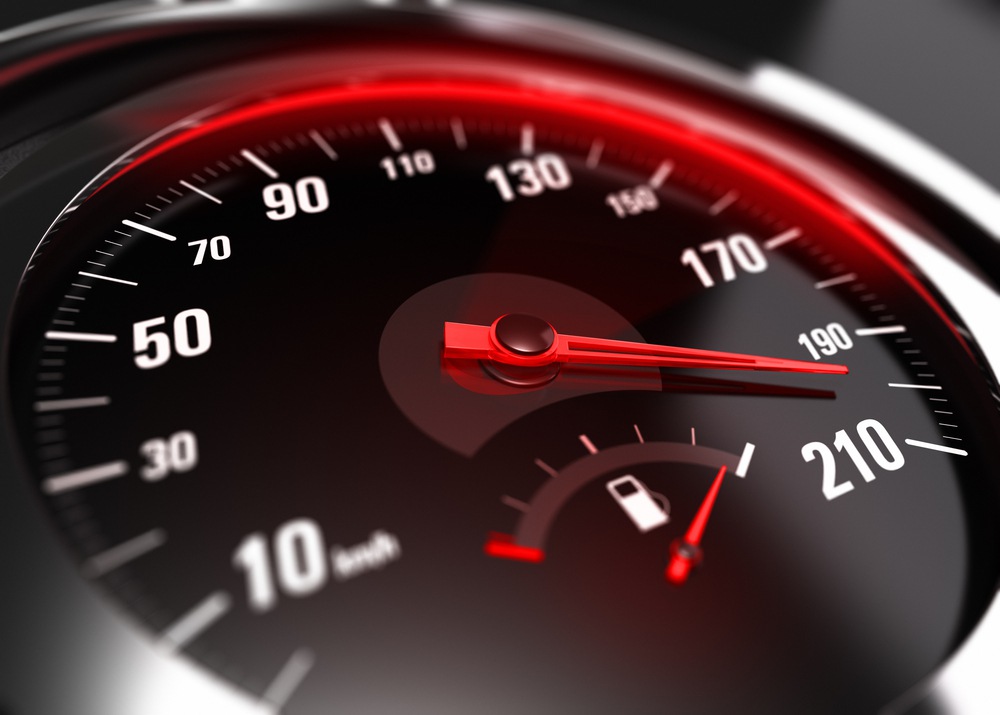Nothing is more frustrating to an internet user than a slow website. You wait 3 seconds…4 seconds…10 seconds…and your site is still loading. Research has shown if your site takes more than four seconds to load, you could lose up to 25% of your visitors. Sites that take 10 seconds to load lose up to 35-40% of their visitors, according to KISSmetrics.
When building your WordPress site, it is extremely important to observe best practices for coding and website design to help minimize load time. These methods will help you build a solid website with fast load times.
Always Optimize Your Images
You would be amazed at how many sites I see on a daily basis that still use 100k size images. If you have a WordPress site with 25 posts on the first page with “read more” links, and these images are 150k, you have a home page that is over 2.5 MB in size.
That is horrible for speed.
Website design best practices dictate these images should never go over 15-30K in size.
Luckily, there is a very easy fix in Photoshop. For your image, go to image > image size. Make sure that your resolution is not 300 but 72, and that your width/height is around 220 by 220 (size will very). Click on File > Save for Web, and save it at a level of high (70), this quality is just fine for most websites. Use the optimized setting instead of progressive. I have found that this setting tends to deliver the fastest-loading images at higher quality levels than progressive.
Minimize Your Use of Plugins
Remember, plugins take time to load, too. Don’t give your home page 30 plugins you barely use yourself. Keep three to five of those plugins that are essential and discard the rest. Your site speed will thank you!
Always Use Code in Place of Images Wherever Possible
When creating graphics for your WordPress theme design, try to think where you can replace those graphics with small, repeating images. Aside from still photography, most websites tend to have graphics that can tile themselves horizontally or vertically. Create a thin, repeating background (10 x 3500 pixels, for example). This should only take around 1-2 K in size, less than 500 bytes if done correctly.
Use a Content Delivery Network
Using a content delivery network helps speed up the delivery of, well, your content. Most content delivery networks tend to host non-dynamic resources like video, audio, images, JavaScript, and CSS. A content delivery network tends to pre-cache files, which provides a major speed boost. If someone visits your site on a CDN like the Google CDN, then your files have likely already been downloaded.
Minify External JavaScript and CSS Files in Your WordPress Theme
When you have 10-20 CSS and JavaScript files, this increases the use of HTTP requests back to your server, which increases the load on your server. This, in turn, can result in increased bandwidth use. Lower the risk of this inefficiency by minifying your CSS and JavaScript files. This process combines all external JS and CSS files into one file each, so you’ll have one style.css and perhaps a scripts.js file to house all your scripts.
The minifying process turns 20 files into two files, and greatly decreases the load on your server. It increases site efficiency, which in turn helps to decrease load time. This will be extremely beneficial on mobile devices, where load time is expected to be even slower than desktop load times.
Use an Effective Caching Plugin to Pre-load Images to The User
Remember coding that last totally custom HTML and CSS layout? You even used pre-loader JavaScript to decrease the load time of by pre-loading them in the user’s cache before the website was fully downloaded. That’s the equivalent of caching plugins for WordPress. It helps pre-cache images that would normally take longer to load by normal delivery methods. One plugin I recommend for this is W3 Total Cache.
Use an Excellent Host
If your host is bad, your website speed will be bad. If you have addressed many of the issues above and are still struggling with slow website speed, it may be time to find a new host. Or, it may be time to upgrade your hosting equipment. Either way, if you don’t have a solid host with a solid website hosting infrastructure, then you will experience slow load times of your WordPress site. Make sure your web host or hosting equipment is top-notch.
Working on these items will help decrease your website’s load time so you can enjoy an increased conversion rate. Plus, you will enjoy better ranking in the search engines. The easier you can make it for your users to download your content, the more users you will have. It may seem superfluous, but spending the time necessary to find that sweet spot in your site’s site load time is a must. Your users will thank you!
Image Credits
Featured Image: Olivier Le Moal via Shutterstock
Image #1: Oleksiy Mark via Shutterstock




